Why a Strong Real Estate Website Matters
A real estate site is often the first contact between you and potential clients. It sets the tone and shows what you bring to the table. A well-planned site can help you stand out, share your knowledge, and convert more visitors into leads.
Some agents hire designers, while others tackle it themselves. Either way, it’s smart to outline what you want the site to achieve. A few big goals might include showing off local expertise, sharing tips for buyers and sellers, or offering a handy way for visitors to schedule a call.
Defining Your Niche and Target Areas
Agents often serve specific neighborhoods or specialize in certain services. Narrowing your focus can draw the right people to your site. You might focus on:
- A unique region (like 55+ communities)
- A key service (like helping clients buy and sell at the same time)
- A favorite home type (like new construction)
A tailored approach makes it simpler to show your expertise on each webpage. This can boost your site’s visibility on search engines and help clients see your strengths immediately.
Creating a Clear Content Plan
An organized plan can keep your site structured and help you avoid confusion. Many agents have hidden gems in their existing materials that can fill a website. These might include:
- Community photos taken by photographers from past listings
- Videos from local events
- Home tours or property guides
A planning tool or spreadsheet works well for listing all those resources. Add rows for each page, then note your main content, call-to-action (CTA), and any images or videos you plan to use. This method keeps track of your assets so nothing goes to waste.
A sample layout might look like this:
- Home Page: Quick introduction, a brief buyer/seller overview, and a CTA button linking to a contact form or calendar
- Buyers Section: FAQs on finding a home, a short video on getting pre-approved, and a downloadable guide with tips on making a brilliant offer
- Sellers Section: Ideas on pricing a home, step-by-step checklists for prepping a property, and a link to schedule a consultation
Using WordPress Tools and Themes
WordPress offers a wide range of plugins and themes. Many allow you to build specialized pages for real estate. Some themes even include:
- Property Listing Plugins: Show properties in grid or list form. Visitors can filter listings by location or price.
- Landing Page Builders: Create custom pages for special deals, buyer guides, or seller resources without coding.
- Calendar Integrations: Let visitors book a strategy session without sending emails back and forth.
Pick tools that are easy to manage. A neat user interface makes it simpler to add fresh articles, photos, or videos on your schedule.
Making Your Content Work for You
Website visitors need reasons to stick around. Useful pages and freebies can do the trick. This is where things like blog posts or short community guides come in. Gather what you already have, then place it in the right spots:
- Videos: If you’ve recorded short clips about local communities, embed them on your page so people can watch quickly.
- PDF Guides: A seller checklist or buyer roadmap might be exactly what your audience wants. Provide a download link or email opt-in form.
- Photos from Past Projects: Show pictures of local hotspots, recent listings, or events you hosted. This will add life to your site and help others see your local connections.
Standing Out With Effective Ad Copy
Real estate ads can feel dull if they’re just lists of features. Readers tend to scroll by unless the first words make them pause. Some data suggests a reader clicks a real estate ad only 7% of the time, which shows how tough it can be to stand out. A snappy ad headline and body copy can lift that rate.
Crafting an Attention-Grabbing Headline
A headline is brief but the most visible part of a listing. It is smart to consider price, location, or a key feature that might excite buyers. Some might feel tempted to label a listing “3 Bed 2 Bath,” but using a more descriptive approach can pique interest. A short line like “Roomy 3-Bed Home with a Bright Kitchen” can spark curiosity.
Another path is thinking about what the buyer cares about. If local schools matter, hint at a top district. If large lots matter, slip that in. A headline that reflects buyers’ dreams or concerns can nudge them to read more.
Writing Body Copy That Connects
The body copy should support the headline. It’s where you can highlight property features with a story-like angle. People often imagine how their daily life might unfold in a new home, so sprinkling details that tug at their emotions is a good plan.
You might mention cozy weekend mornings on the back porch or hosting get-togethers in the open-concept living room. A final CTA might say, “See more details and book a walk-through.”
Keeping the body text and the landing page content consistent also helps. Readers who click want to find the same style and property facts they saw in the ad.
A mismatch makes them feel lost. Mobile-friendliness matters, too. If the user opens your ad from a phone, the site must load quickly and display clearly. Clumsy formatting can send them back to searching somewhere else.
New Ways to Make Listings Shine
A crowded real estate market can be tricky. Many agents are eager to get their listings noticed. Adding targeted features and visuals can help your properties stand out.
1. Use Pro-Quality Photos
Well-lit, high-resolution photos make a solid first impression. Research shows that photos matter a lot when buyers scroll through listings. Try an Image Fine-Tuning step to keep the look natural and inviting.
2. Pick a Stunning Hero Shot
If it’s eye-catching, one hero image can boost clicks. Even if the weather’s gloomy, some edits let you swap out a dull sky for a soothing dusk tone. This small tweak can help buyers picture a warm, welcoming home.
3. Clear Out Distractions
Clutter or old furniture can turn off a buyer. Removing minor eyesores from photos can create a clean look that leads to more interest. Digital edits can hide garbage bins, personal items, or other unhelpful objects.
4. Show Off a Staged Feel
A property without furniture sometimes looks smaller or colder. Staged homes have been known to sell faster, with many hitting or passing their asking price. If hauling in real furniture isn’t practical, try digital staging to place fresh pieces in an empty room.
5. Snap Photos Early
Quality photos matter, but sometimes, the schedule is tight. An easy-to-use app can help you take decent listing pics and send them off for professional edits like day-to-dusk sky swaps or furniture additions.
6. Write Copy That Sells
Listing descriptions rank high on a buyer’s must-check list. A few well-chosen words can inspire a buyer’s imagination. Outsourcing might help if you’re short on time. Some folks also use simple AI tools for quick drafts. This step adds a spark to your listing and might guide buyers toward booking a showing.
7. Simplify Floor Plans
Buyers often want an easy way to picture a property’s layout. A clear floor plan helps them figure out flow and room sizes. Even a rough sketch can be turned into a neat plan ready for marketing, which might bump your listing up in a buyer’s mind.
8. Offer Virtual Tours
Life can be busy, and virtual tours give buyers an immediate look. Letting them “walk around” the property from a distance can set your listing apart. Some will form an emotional bond with a home they’ve never stepped foot in.
9. Show Potential With Virtual Renovations
Some homes need updating, but buyers find it difficult to picture the end result. Digital remodeling can give buyers a peek at fresh floors, paint colors, or a modern layout. This shift in perspective can spark more interest and show off hidden value.
10. Display Future Builds With 3D Renders
Selling off-plan can be challenging when there’s no physical property to show. Realistic 3D visuals let buyers see the shape and style of a future build, which can attract early buyers who want to buy before the property is finished.
Juggling design, content, and plugins can feel overwhelming on a real estate site. A roadmap simplifies the process. Decide on page structure, gather your media, and outline each CTA. This approach keeps you focused on what your audience cares about.
Many agents find that having a niche helps people connect with their site. Visitors are more likely to reach out when they see specialized information, like tips for downsizing or advice for first-time buyers in a popular neighborhood. They notice the details you share and trust your expertise.
A final touch is testing how each page leads folks to take action. Some pages might push them to book a call, and others might get them to sign up for a guide. When the steps are clear, your site becomes a valuable tool for growing your client base.
More Ways to Boost Your Listing Clicks
Online listings come at a cost so that smart copywriting can make a big difference in returns. Write headlines that spark interest right away. Back them up with a few property highlights that make the buyer think, “That’s exactly what I’m after.” A small detail about pricing or location can help readers see value.
Buyers who feel hooked by the first line are likelier to read to the end. This is an excellent spot for your CTA and a relevant keyword. After they click, your landing page needs to keep that tone and fulfill what you teased in the ad.
A quick path to more details makes visitors feel they found what they wanted. There’s a reason only around 7% of real estate ads get clicked. An ad that blends the correct headline, emotional triggers, and a tidy next step can push you into that lucky group.
Final Thoughts
A standout real estate website doesn’t need to be fancy to get results. A bit of planning and a handful of well-placed videos or PDF guides can do wonders.
Start by pinpointing your niche, gather what you already have, and pick a WordPress setup that fits your workflow. Add engaging ads and listings that tell a story. Use crisp images, virtual staging, and precise floor plans to hold a buyer’s interest.
People who land on your pages will see your dedication and knowledge, often leading to more calls, emails, and happy clients.
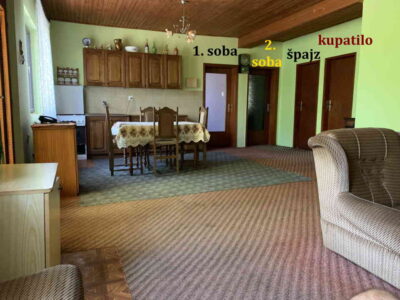












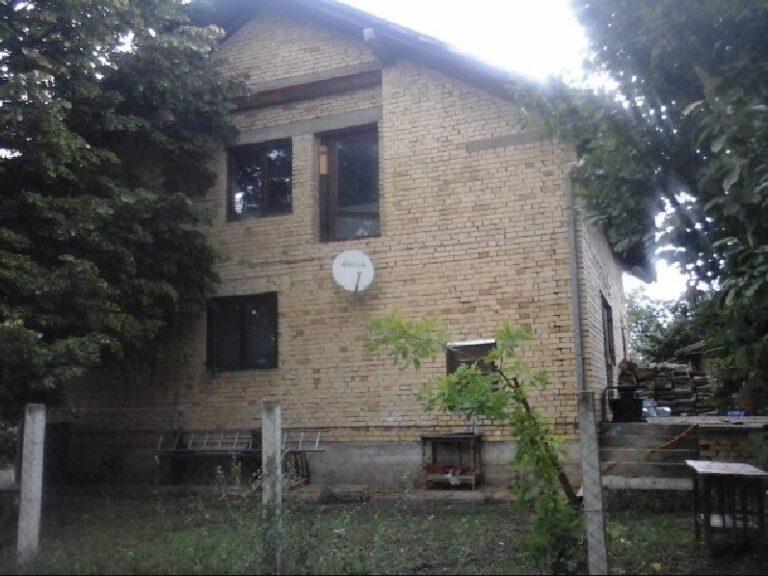
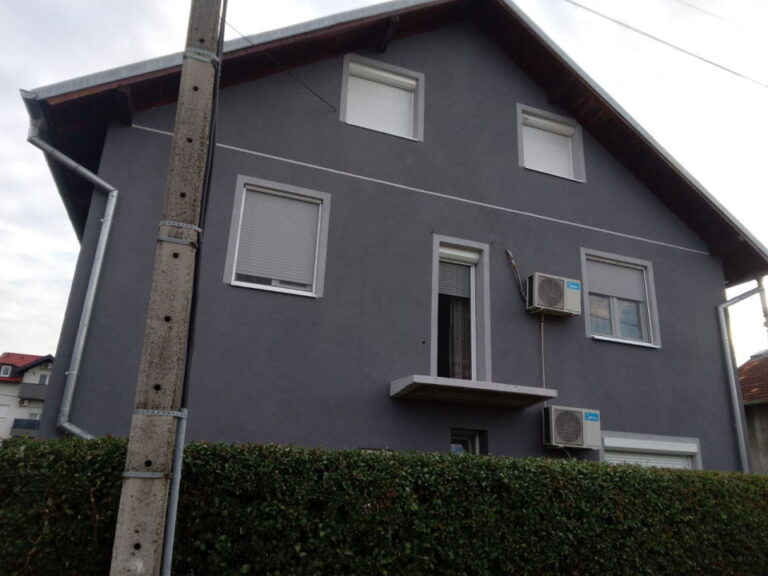
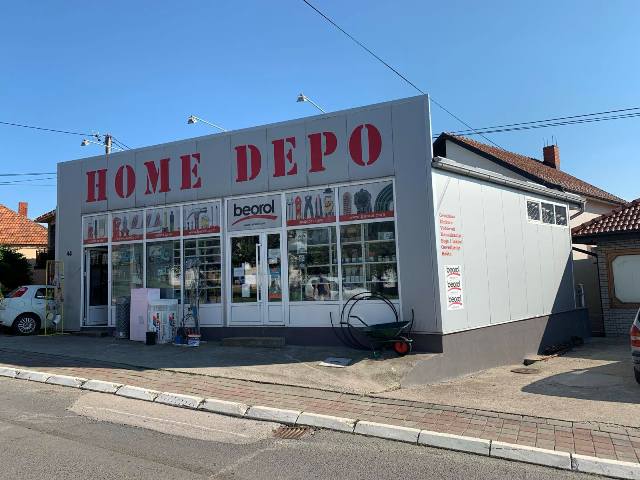
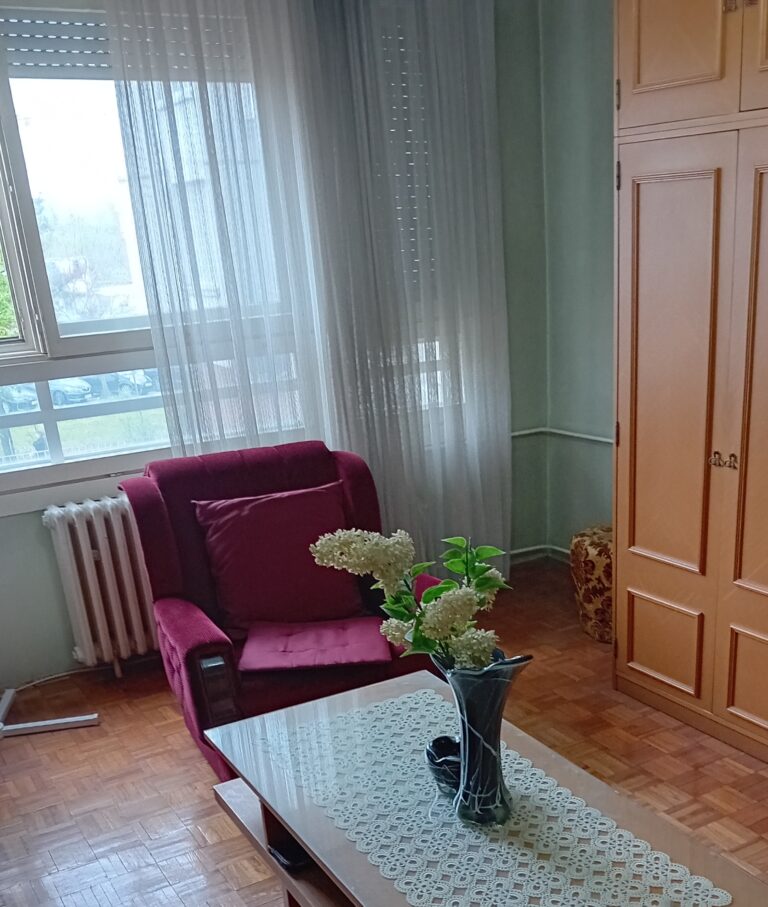

+ There are no comments
Add yours